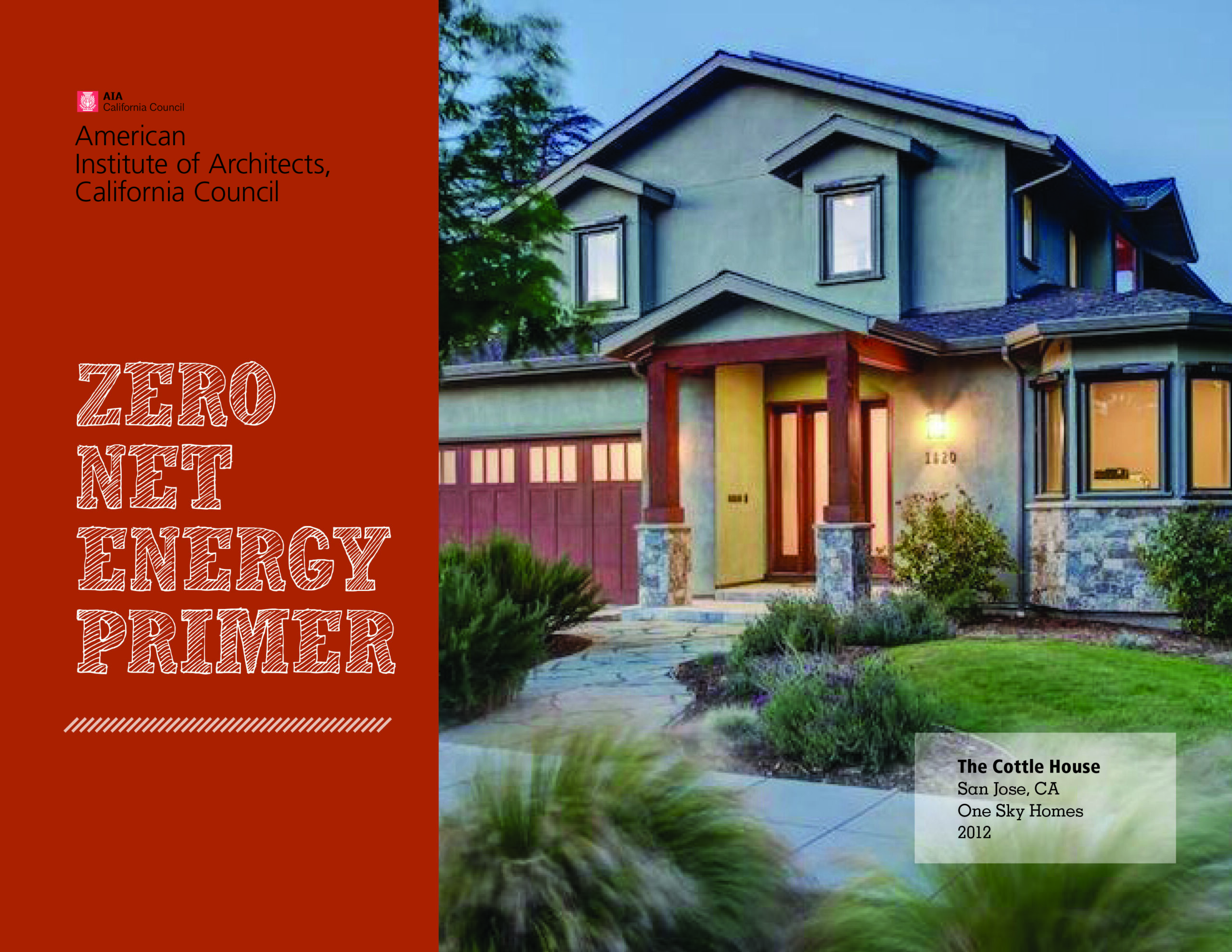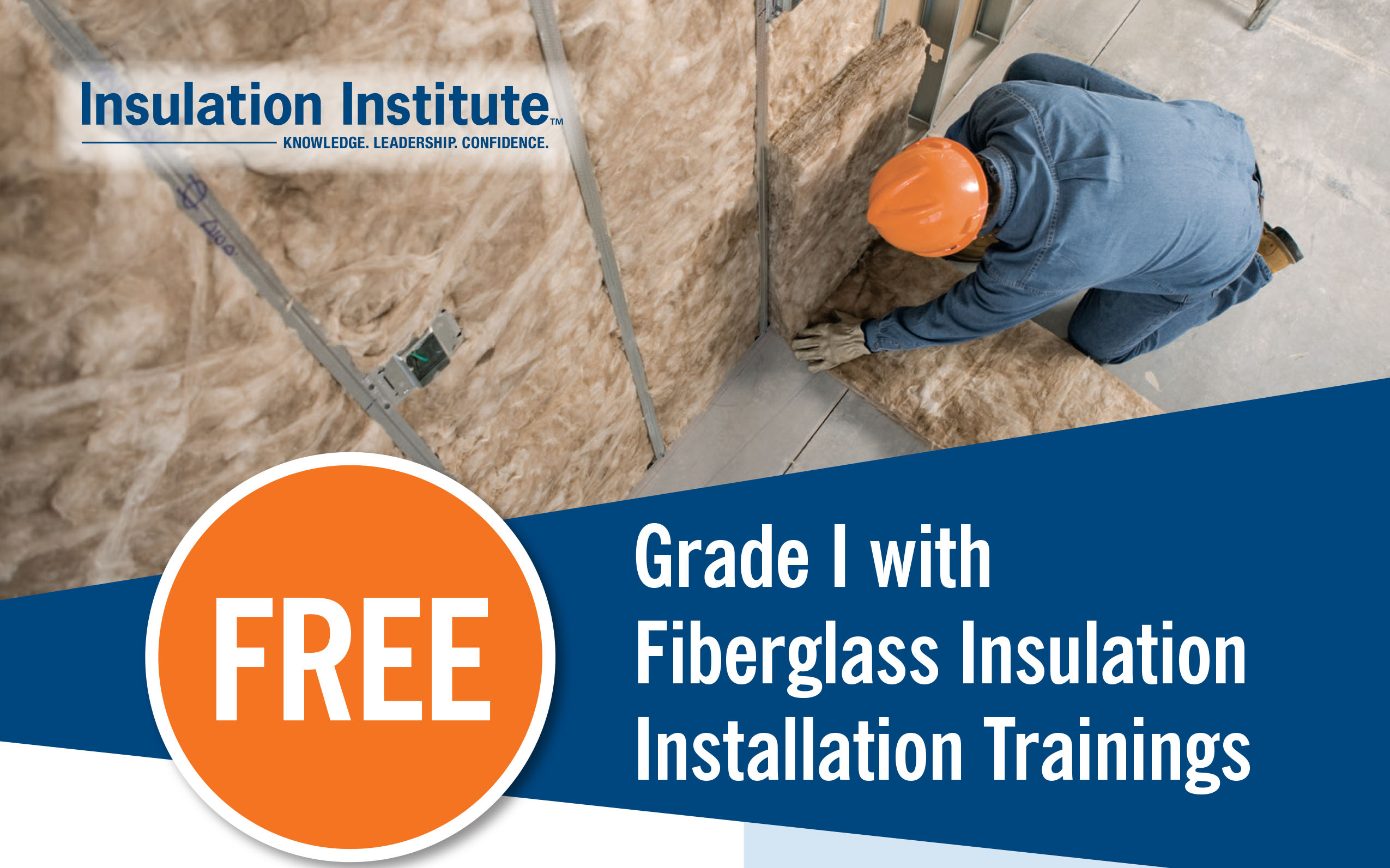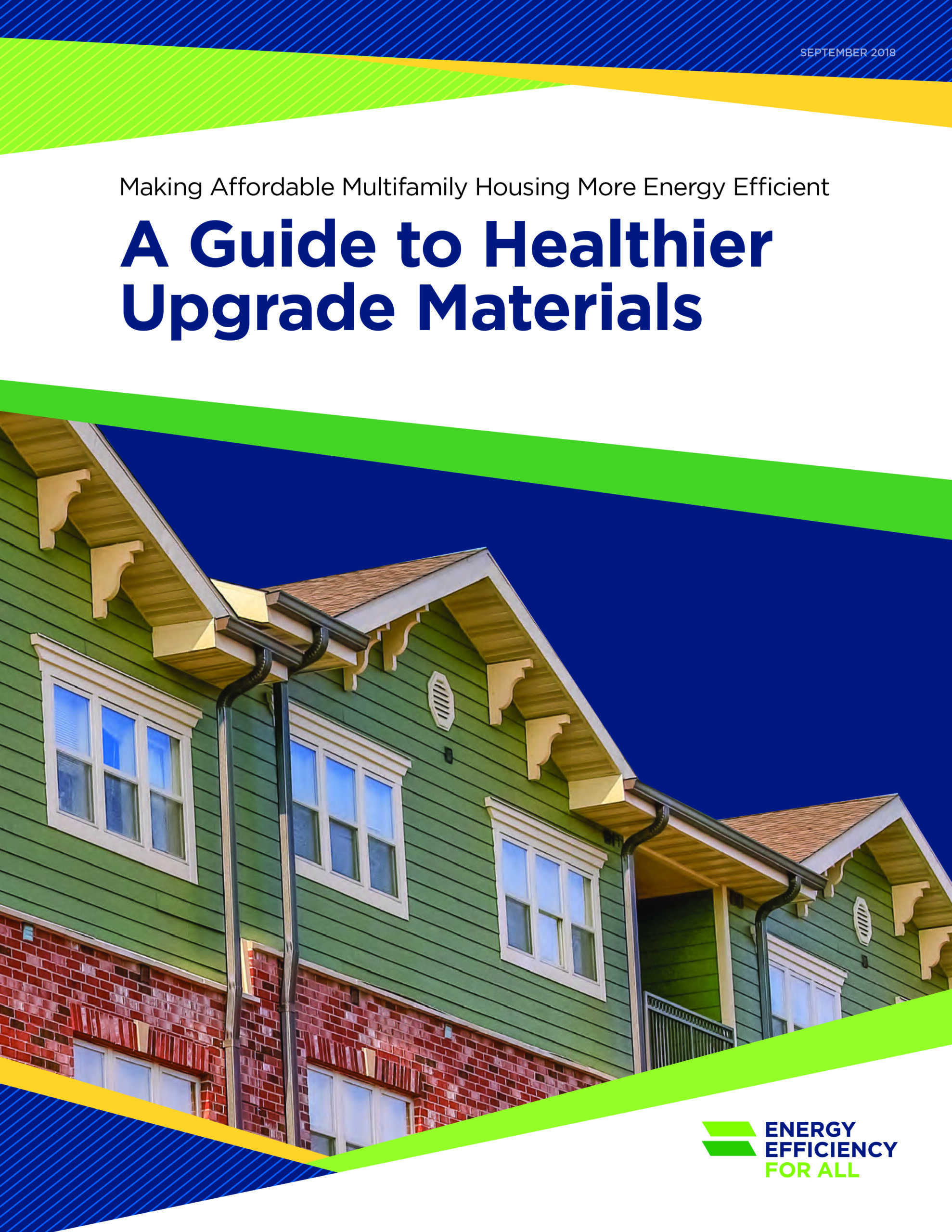Deadlines, details, and demands are part and parcel of any construction project, whether residential or commercial. Project managers are largely responsible for overseeing all the aspects of a construction job and a well-trained, experienced, and attentive superintendent or project manager can be the difference between having a flawlessly executed build or major, expensive headaches during construction. Identifying the traits that make for a great project manager is a must for builders that want to maximize productivity and keep costs in line.
Details »Insulation Institute Blog
No, we’re not talking about a collective Weight Watchers group-loss goal or the number of plastic straws no longer used by quick serve restaurants, but insulation. According to the results of a new survey released by NAIMA, its member companies in the U.S. and Canada used 3.2 billion pounds of recycled materials in the production of residential, commercial, thermal, and acoustical insulation products in 2017. This achievement is an extension of the industry’s longstanding commitment to substantial use of recycled content in the production of fiberglass and mineral wool insulation products.
Details »While only two U.S. states currently have a mandated goal of zero net energy (ZNE) home construction after 2020, Oregon and California, it’s becoming increasingly clear that ZNE homes will be much more prevalent in the not-too-distant future as states and municipalities look for ways to reduce carbon emissions and ultimately mitigate the impact of climate change. In fact, 280 U.S. cities and counties, 10 states and 2,717 signatories have committed to support climate action with the We are Still In agreement, which aims to reduce climate impact by among other things, lowering greenhouse gas emissions.
Details »As communities and municipalities look to adopt improved building energy codes to meet climate or resiliency goals, including additional requirements for solar PV energy production is a common discussion point.
There are often suggestions to allow for a larger PV system and forego other energy efficiency improvements that were included in the last few energy code updates. It’s argued that if a home has a solar PV system included, it is more cost-effective to expand that solar PV system than to make efficiency improvements such as improved windows, walls, or ceiling insulation. The question is, more cost effective for whom?
Details »Early this year, Insulation Institute set out to train as many contractors as possible how to achieve Grade I installation with fiberglass batt insulation. We selected three trainers to conduct half-day sessions in four states: North Carolina, South Carolina, Georgia, and Texas. Thirty-three sessions have been conducted or planned, and 700 participants will have completed the free training by the end of the year.
Insulation Institute spoke recently with each of the trainers to get their feedback on the program and any key takeaways they wanted to share.
Details »An average of 22 subcontractors are involved in the construction of a new home.[1] With dozens of people involved, there can be a lot of confusion about whose job air sealing is, particularly if details aren’t spelled out within the scope of work or aren’t communicated effectively.
Ensuring that new construction homes are properly air sealed often means communicating with all trades so that they understand their respective roles in achieving airtightness targets. How you communicate the requirements may differ, but there are some commonalities that top builders have when it comes to assuring air sealing success.
Details »Fiberglass insulations received a ringing endorsement in a recent report by Energy Efficiency for All (EEFA) that examines the health impacts of materials used in weatherization and energy efficiency upgrades for low-income multifamily housing stock.
The report reviews the materials used in these retrofits and ranks products – including various types of insulation – from least to most hazardous. According to the report, fiberglass insulations are among “the best insulation materials from a health perspective….and we recommend their use whenever possible.”
Details »What was a lofty philanthropic effort by actor Brad Pitt has morphed into a disastrous example of how poor construction of affordable, energy-efficient housing can negatively impact homeowners and put the builder and building designer in a precarious position.
NOLA.COM reported this week that in 2007, two years after Hurricane Katrina, Make it Right Foundation, organized by Pitt, set a goal of constructing 150 energy efficient, sustainable and affordable homes for residents of Louisiana’s devastated Lower Ninth Ward. The foundation constructed 109 homes, but just 11 years after the start of construction, reports say that some homes have issues including rotting wood, mold growth, dangerous air quality, and rusty sockets. The majority of the homes are currently unoccupied and some have been demolished.
Details »In the quest to meet new energy code requirements of the 2012/15 International Energy Conservation Code (IECC), some builders are finding that passing that all-important blower door test is their biggest challenge. As we’ve reported earlier this year, only 40 to 50 percent of new construction homes that must now meet the 3 ACH50 blower door target will pass the first test, but builders can increase the initial pass rate, according to Cosco Jones, owner of Jones Sustainable Solutions Group. Jones is a HERS rater who’s worked with more than a dozen builders to improve the energy performance of their new construction homes. He offered his advice to builders on how to not only increase the pass rate for blower door testing but also reduce their costs in the process.
Details »There are more Wi-Fi devices in use than there are people on Earth and about 50 percent of Internet traffic flows through Wi-Fi networks.[1] Wireless devices are everywhere, so it’s easy to understand why Wi-Fi connectivity is critical for homebuyers. Virtually everyone has had that experience of being in a home or building that has weak Wi-Fi connectivity, and that can be a major headache for buyers who rely on Wi-Fi connections.
For builders, designing a home with connectivity in mind is essential to ensuring homeowners don’t have to keep asking, “is the W-Fi off??”
Details »









